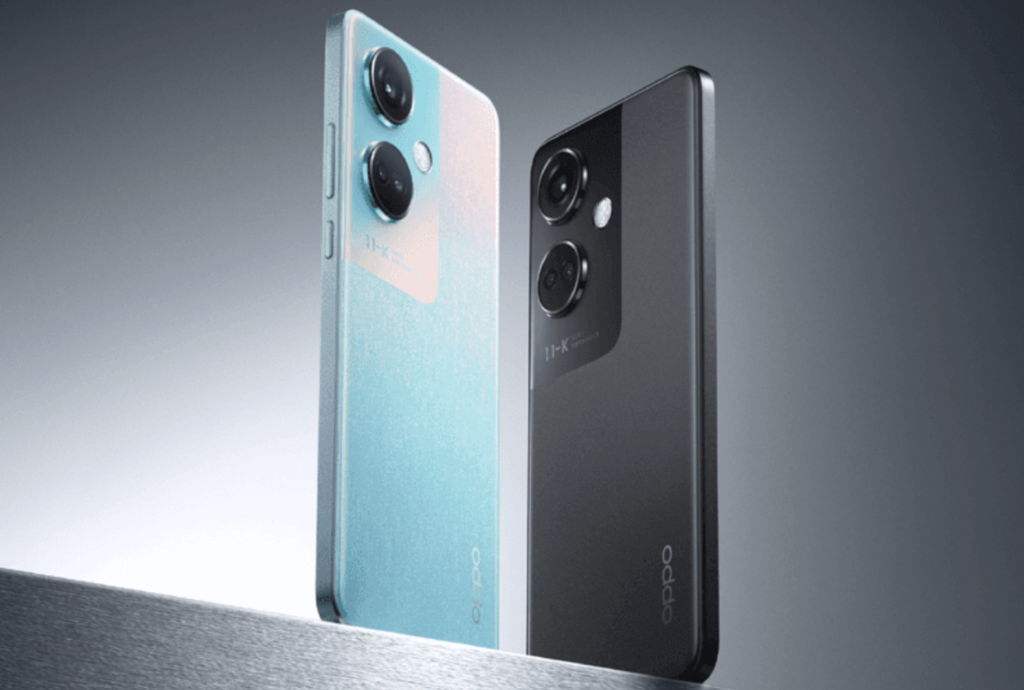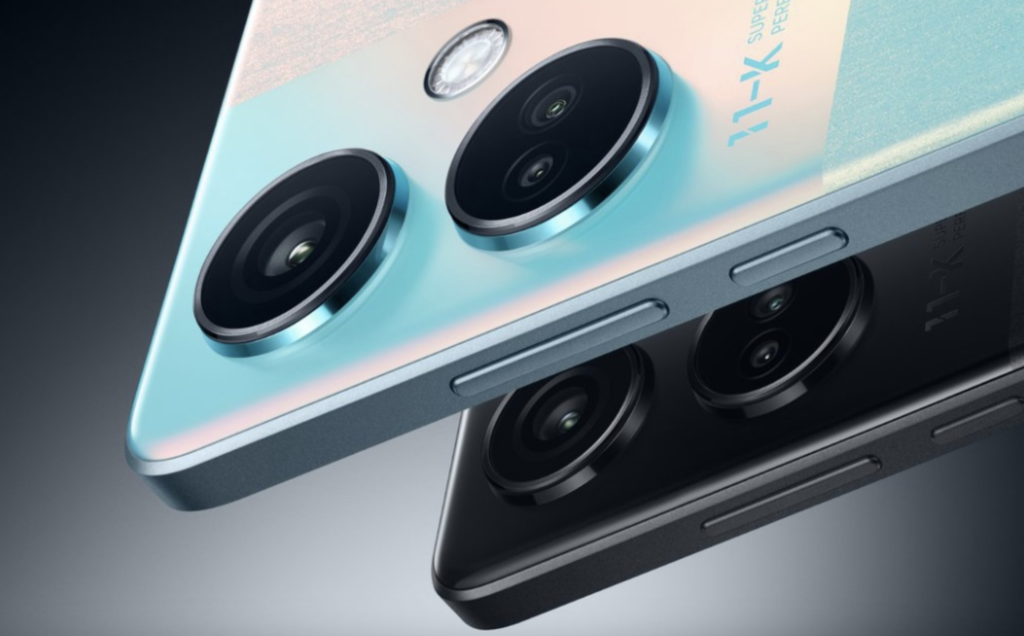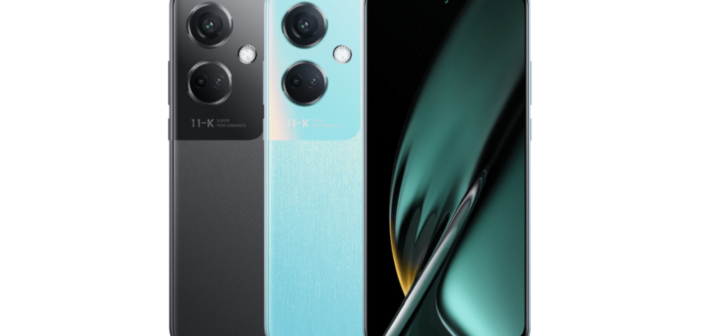Oppo has finally unveiled one of its latest Android-powered handsets, the K11. The new device comes with some rather impressive hardware, although it’s only available in China, at least for the time being. With that in mind however, what exactly does the K11 offer in terms of features? Let’s find out.
External Design
The Oppo K11 comes with a design that’s somewhat expected of more affordable smartphones at this point – the phone features a plastic build, save for the screen which is covered by glass. It’s unsurprising given the phone’s $265 starting price, although you can get a maxed-out version with slightly higher-end specs for around $350.

This means that the phone’s sides and rear panel are made of plastic, which isn’t necessarily a bad thing given that plastic smartphones are less prone to cracking when dropped. The K11 will be available in two different colours, including Shadow Gray and Glacier Blue. The frame around the device houses the volume and power keys, as well as the speaker grille and USB-C charging port.
The front of the phone houses an impressive-looking display, which features a 6.7-inch AMOLED display with 120Hz refresh rate, a 1080×2400 pixel resolution, and a peak brightness of 1100 nits. It also houses the optical in-display fingerprint scanner for biometrics. The phone also houses a dual-speaker setup which flanks the display.
Internal Hardware
The Oppo K11 is powered by Qualcomm’s Snapdragon 782 chipset, which is made using a 6nm process. This is backed up by an Adreno 642L GPU, 256GB of internal storage and 8GB of RAM for the base model, although users can opt to buy a slightly more expensive variant which increases the RAM to 12GB and the storage to 512GB. Luckily, there’s a dedicated micro SD card slot (at least for the Chinese version) that allows users to increase their storage capacity.
Powering the phone is a rather large 5,000 mAh battery, which should be enough for most apps and tasks. It comes with support for impressively-fast 100W charging speeds, which Oppo says can charge up to 100 percent in 26 minutes. Unfortunately, there’s no mention of wireless charging support, which is kind of a downside. Again though, we go back to the phone’s budget pricing, which does somehow justify the omission.
Software and Cameras

The Oppo K11 ships with Android 13 out of the box, although this comes with ColorOS 13.1, Oppo’s proprietary custom user interface. For those used to more “plain” version of Android found on Google Pixels, Nokia and Motorola phones, ColorOS might come as a bit of a shock, as it features a ton more UI personalisation options not usually found on Android. Oppo veterans will feel right at home however, especially those who are used to Oppo’s approach to custom Android skins.
As for cameras, the K11 features a rather standard triple-camera array on the rear panel, consisting of a a 50MP main camera (a Sony IMX890 sensor) alongside an 8MP ultra-wide camera, and a 2MP macro camera. Video maxes out at 4K resolution at 30 frames per second, and features gyro-EIS for stabilisation. Meanwhile, there’s a 24MP selfie camera in front.
As mentioned earlier, the phone goes for around $265 when converted, as it’s currently exclusive to Chinese markets. We’re hoping it does make its way to more regions soon, and should prove to be a very competitive device in the Android market.




